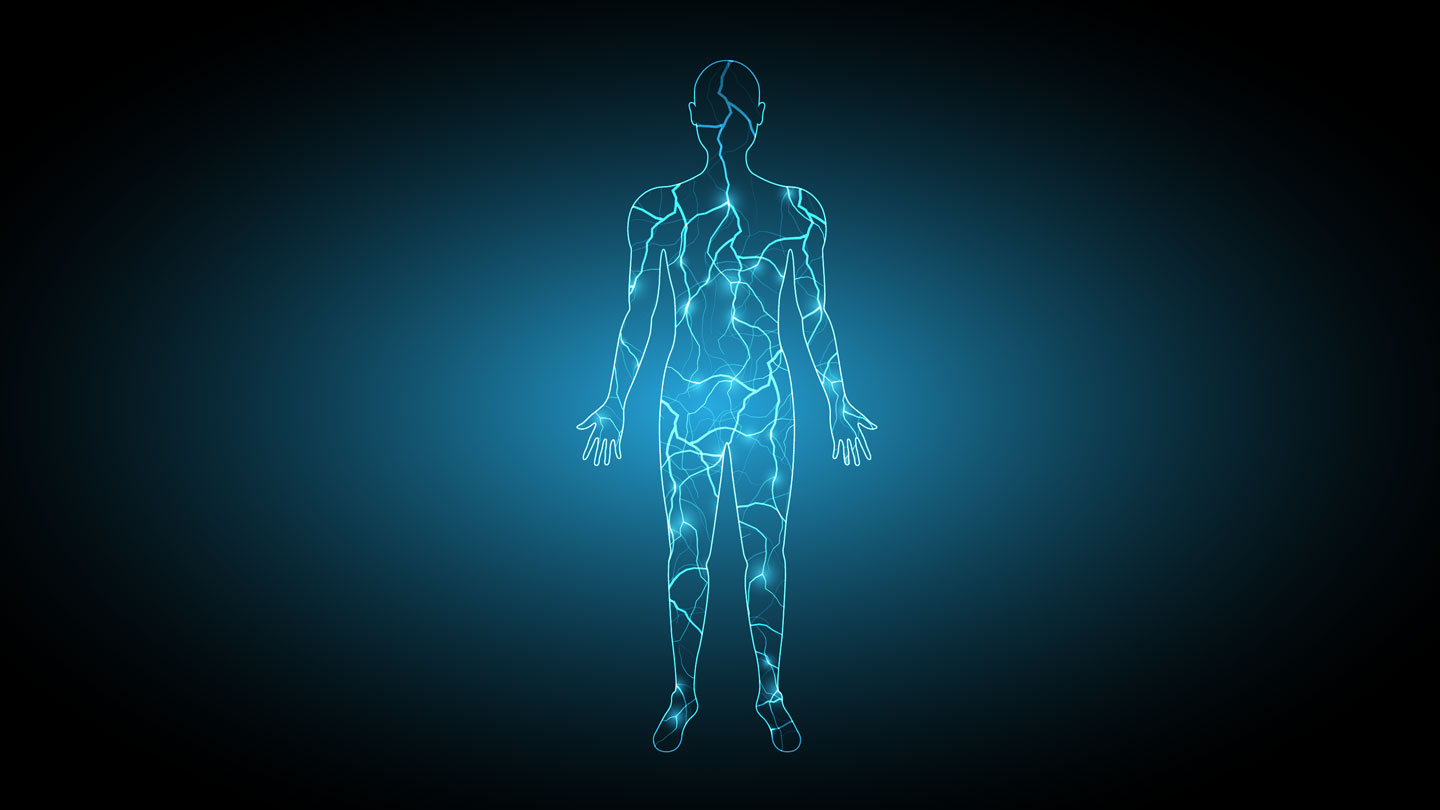Introduction of Bioelectricity:
The human body is a marvel of design, an intricate and complicated network of organs, tissues, and cells that function in unison. The fact that the body produces electrical impulses to support numerous physical activities is well-known. For years, scientists and academics have been captivated by this phenomena, which is sometimes referred to as bioelectricity. We will explore the fascinating field of bioelectricity in this article, including how electrical currents are generated and used by the human body, their importance in numerous physiological processes, and possible medical science applications.
-
Bioelectricity’s Origins:
To comprehend how the human body generates electricity, we must first investigate its history. Muscle cells and neurons are two types of specialised cells that produce the majority of bioelectricity. Electrical impulses are used by neurons, the basic building blocks of the nervous system, to transfer information throughout the body. Contrarily, muscle cells respond to electrical impulses by contracting and relaxing, allowing for movement and other body activities. These cells’ electrical characteristics result from the movement of charged ions and other particles across their membranes.
-
Ionic Basis of Bioelectricity:
Ion transport across cell membranes is essential for the generation of bioelectricity. Ion flow is controlled by gradients, pumps, and channels in this complex process. Sodium (Na+), potassium (K+), calcium (Ca2+), and chloride (Cl-) ions are important participants in this phenomena. The resting membrane potential is an electrical potential produced by the balance of these ions both inside and outside the cell. Action potentials enable the depolarization and repolarization of the cell membrane, which transmits electrical impulses.
-
Bioelectricity in the Nervous System:
The brain, spinal cord, and peripheral nerves make up the nervous system, which serves as a major hub for bioelectricity. The basic building blocks of the nervous system, neurons, interact with one another by sending electrical impulses known as action potentials. These action potentials, which are produced when ion channels open and close, move through nerve fibres and help to transmit sensory data, motor instructions, and mental processes. Additionally, the growth and renewal of the nervous system depend greatly on bioelectricity.
-
Bioelectricity in Muscles:
Muscles control our motions and carry out vital tasks including pumping blood and assisting with digestion. When skeletal muscles contract, electrical impulses are produced that allow for voluntary movement. Coordination of movement is orchestrated by the interaction of electrical impulses between the brain, nerves, and muscles. Bioelectricity is also necessary for the operation of cardiac muscles and smooth muscles, which are present in organs like the digestive system and fuel the heart’s rhythmic contractions.
-
Bioelectricity and the Heart:
The heart, an essential organ, has a built-in electrical system that enables it to beat rhythmically and circulate blood throughout the body. The heart’s natural pacemaker, the sinoatrial (SA) node, produces electrical impulses that propagate throughout the organ and regulate heartbeats. Arrhythmias and other cardiac disorders can result from any interruption in the heart’s electrical system, emphasising the crucial role that bioelectricity plays in preserving cardiac function.
Like to read about Data science course and how to apply please Cleck here
-
Bioelectricity in Medicine:
A better knowledge of bioelectricity has paved the way for ground-breaking developments in the medical industry. Electrical measurements are used in procedures like electrocardiography (ECG) and electromyography (EMG) to identify abnormalities in the heart and muscles. Additionally, the use of bioelectricity in therapeutic procedures such deep brain stimulation for Parkinson’s disease and nerve stimulation for pain control has been demonstrated to be beneficial. Bioelectrodes, bioelectronic devices, and regenerative treatments are exciting developments in bioelectric medicine that show promise for treating
The Human Body’s Electric Potential: A Bioelectricity Exploration
The human body is a complicated and wonderful biological system that functions through a number of intricate systems. The generation and use of electricity by our bodies is one of the less well-known parts of our physiology. The human body has electrical qualities that are important to our physiological functions even if it may not produce electricity in the same manner as a power plant. In order to better understand the notion of bioelectricity, this article will focus on its origins, uses, and importance to daily life.
Conclusion
As a sophisticated electrical system, the human body depends heavily on bioelectricity to continue performing its regular duties. Our physiology depends on electricity in a variety of ways, including brain function, heart rhythms, and muscle contractions. Numerous medical procedures and treatments have been developed as a result of our growing understanding of bioelectricity. Exploring and Understanding the origins, uses, and importance of bioelectricity allows us to better comprehend our complex biology and creates new opportunities for study and innovation.
Like to Read all about Organic Saffron Farming fastest-growing market these days click here organic saffron



